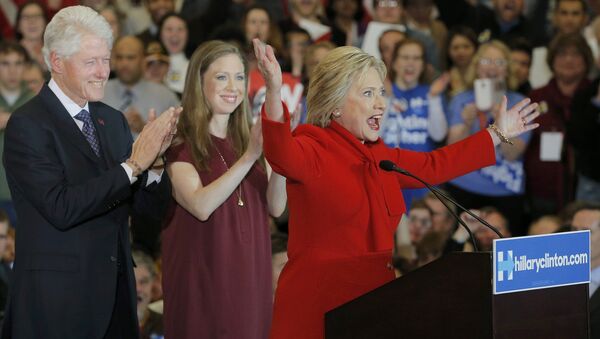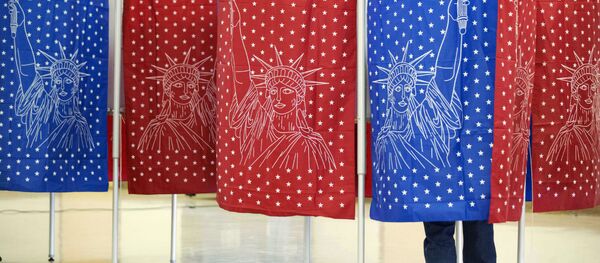Here is a quick look on how political dynasties form in the US.
Like Father Like Son
American political dynasties emerged shortly after the United States appeared on the world political map.
John Adams Jr. served as US president in 1797-1801. His son John Quincy Adams served as the 6th President of the US in 1825-1829. Retired general William Harrison died a month after becoming president, on April 4, 1811. His grandson Benjamin Harrison became president in 1889.
Barbara Pierce Bush, the wife of the 41st President of the US, George H.W. Bush, descended from the family of Franklin Pierce, the 14th President of the US. She could have become the mother of two US presidents, but her younger son Jeb Bush withdrew from the ongoing presidential race.
Against the Will of Majority
One of the most distinctive features of the US political system is the fact that in the US a candidate can win the presidential election even if he gains fewer votes than his rival.
The issue is that citizens of the US do not directly elect the president. Instead, these voters directly elect designated mediators called "electoral voters." The candidate who receives an absolute majority of electoral votes (currently 270) for the office of president is elected to office.
The Electoral College allows under-populated states to have an equal command with heavily populated states. For instance, Wyoming has a population of nearly 600,000, and three voters while Texas with a population of 27.5 million has only 38 voters.
Another problem is that except for Maine and Nebraska, electoral voters are distributed on a "winner take all" basis. That is, all electoral voters are pledged to the presidential candidate who wins the most votes in the state.
Maine and Nebraska delegate their electoral votes based on a "congressional district method," selecting one electoral voter for each congressional district won by popular vote and selecting the remaining two electoral voters by a statewide popular vote.
Why Donald Trump Has Little Chance for Presidency
According to a survey commissioned by the Gallup Institute, 59-62 percent of US citizens would prefer to elect the president directly. However, this initiative was blocked by Senate back in 1970.
Nevertheless, the struggle goes on. Ten years ago, several US states debated the National Popular Vote Interstate Compact, an agreement designed to ensure that the candidate who wins the most popular votes nationwide is elected president. It has not yet come into effect.
As of 2016, it has been joined by 10 states and the District of Columbia, with their 165 combined electoral votes while 270 votes are needed for the compact to have legal force. However, chances are slim for the agreement to come into force.
Members of the Bush and Clinton families have been president of the United States for a total of 20 years, from 1989 to 2009. Then, ex-first lady Hillary Clinton served as Secretary of State during Barack Obama’s term. History of the US political process hint that Hillary Clinton has strong chances to become the 45th President of the United States.





